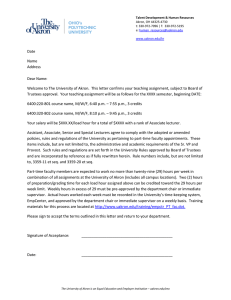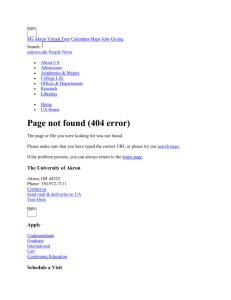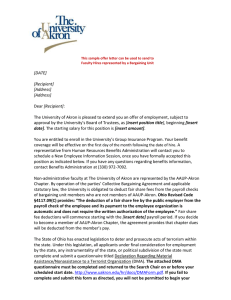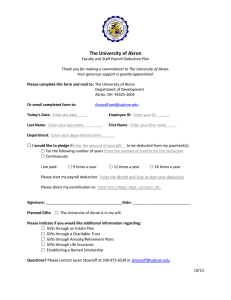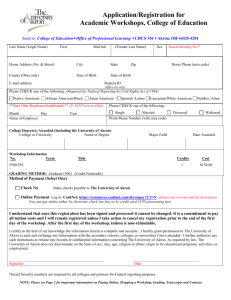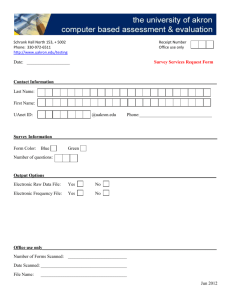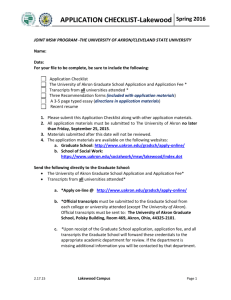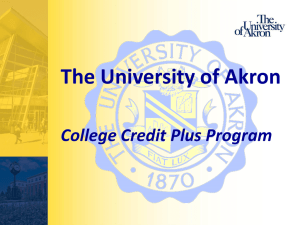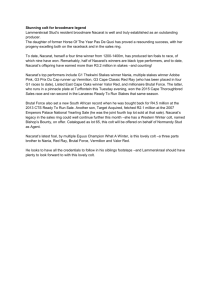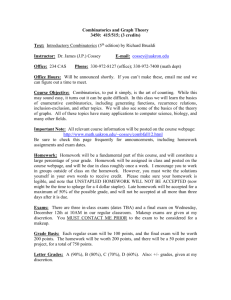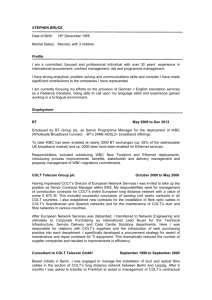Analytic Teams - Lancaster University
advertisement
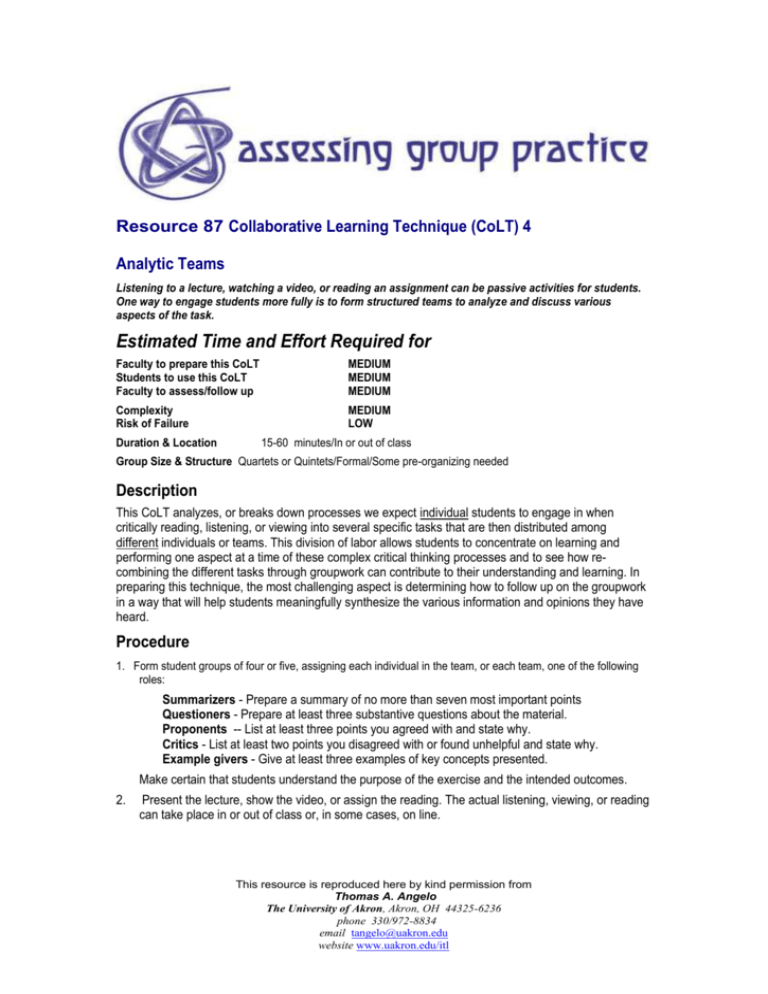
Resource 87 Collaborative Learning Technique (CoLT) 4 Analytic Teams Listening to a lecture, watching a video, or reading an assignment can be passive activities for students. One way to engage students more fully is to form structured teams to analyze and discuss various aspects of the task. Estimated Time and Effort Required for Faculty to prepare this CoLT Students to use this CoLT Faculty to assess/follow up MEDIUM MEDIUM MEDIUM Complexity Risk of Failure MEDIUM LOW Duration & Location 15-60 minutes/In or out of class Group Size & Structure Quartets or Quintets/Formal/Some pre-organizing needed Description This CoLT analyzes, or breaks down processes we expect individual students to engage in when critically reading, listening, or viewing into several specific tasks that are then distributed among different individuals or teams. This division of labor allows students to concentrate on learning and performing one aspect at a time of these complex critical thinking processes and to see how recombining the different tasks through groupwork can contribute to their understanding and learning. In preparing this technique, the most challenging aspect is determining how to follow up on the groupwork in a way that will help students meaningfully synthesize the various information and opinions they have heard. Procedure 1. Form student groups of four or five, assigning each individual in the team, or each team, one of the following roles: Summarizers - Prepare a summary of no more than seven most important points Questioners - Prepare at least three substantive questions about the material. Proponents -- List at least three points you agreed with and state why. Critics - List at least two points you disagreed with or found unhelpful and state why. Example givers - Give at least three examples of key concepts presented. Make certain that students understand the purpose of the exercise and the intended outcomes. 2. Present the lecture, show the video, or assign the reading. The actual listening, viewing, or reading can take place in or out of class or, in some cases, on line. This resource is reproduced here by kind permission from Thomas A. Angelo The University of Akron, Akron, OH 44325-6236 phone 330/972-8834 email tangelo@uakron.edu website www.uakron.edu/itl 3. Give teams some class time to prepare to present their analyses, whether as oral or written presentations. Again, these can be done online. Specify and limit what each team will be responsible for presenting, to avoid unhelpful repetition. Assign clear time/length limits. 4. Follow up group presentations with individual assignments that build on and extend this exercise. This resource is reproduced here by kind permission from Thomas A. Angelo The University of Akron, Akron, OH 44325-6236 phone 330/972-8834 email tangelo@uakron.edu website www.uakron.edu/itl
